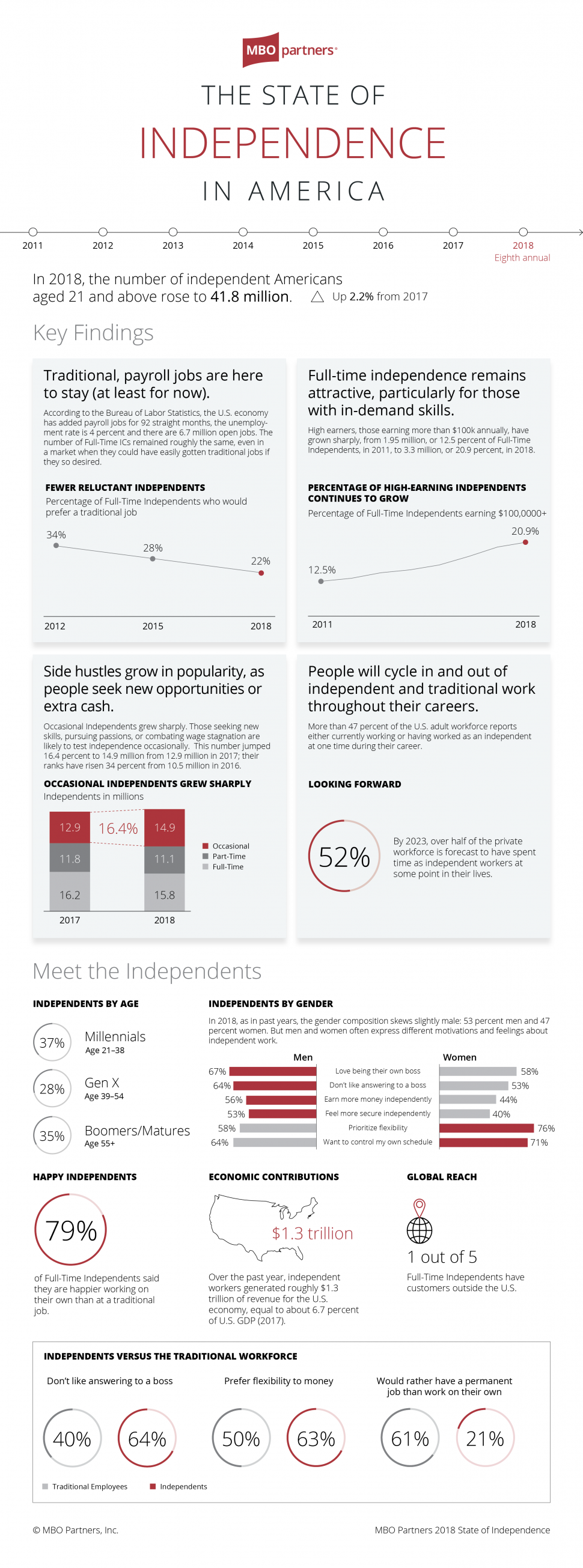In addition to the lists of the 10 Worst and 10 Best States for Startups, we’re suggesting five ways startups can thrive, no matter where they’re planted.
Top 10 Best States for Startups and the 10 Worst; But 5 “Buts” to Help You Thrive Anywhere
As a leading credit card processing company with headquarters in western Washington, we are thrilled but not all that surprised to find that Washington State was No. 1 on the list of Top 10 States for Entrepreneurs as reported on businessnewsdaily.com. That said, it is impressive that six of the top ten and all of the top five states ranked as most conducive to startups are in the western portion of the U.S.
Top 10 Best States for Startups
- Washington
- Wyoming
- California
- Colorado
- Oregon
- Texas
- Delaware
- Massachusetts
- Montana
- Missouri
The list’s rankings are based on a number of factors, including number and quality of startup opportunities, the state’s business climate, business taxes, productivity, cost of living, whether there is adequate available workforce, median education, and access to capital. Among those states rated as least favorable to startups, many made the list because of a high rate of failed businesses in those states.
Top 10 Worst States for Startups
- West Virginia
- Hawaii
- South Carolina
- Pennsylvania
- Virginia
- Maryland
- Vermont
- Arkansas
- Rhode Island
- Alabama
Moving to one of the states where startups are most likely to succeed might not be an option for you; however, there are things that you can do to make sure your business can thrive anywhere. We came up with five principles entrepreneurs and business owners should take to heart.
5 Buts for Startups That Want to Thrive
Scrimp – But Never On Quality
There is nothing wrong with thinking lean; in fact, it’s often a business necessity for startups. Scrimping and cutting costs wherever possible can help reduce operating costs and give startups enough time to begin to generate growth momentum.
But scrimping on quality is always a mistake! This doesn’t mean that your startup has to have the best, it means you need to provide good quality and value for customers’ day in and day out.
Save – But Spend on Marketing
When business contracts, marketing activities are often first on the chopping block, with some startups and small businesses opening their doors without even having a formal marketing plan at all.
But cutting the marketing budget when business is slow will usually just make things worse. When business slows, put more resources into marketing, not less. Likewise, if you cannot tie results to marketing efforts, it might be smart to change your marketing mix, but don’t eliminate it!
Raise Working Capital – But Preserve It
Low cash flow or lack of working capital set aside for unexpected problems or emerging opportunities can bring startups to their knees. Startups that open their doors with enough working capital and the ability to generate cash flow needed to meet operations and grow have an advantage right from the start.
But depleting working capital reserves or spreading cash flow too thin can put startups on shaky ground. Consider using cash flow management tools like invoice factoring to speed up cash flow or preserve working capital by using merchant cash advance or equipment lease financing instead of buying equipment outright.
Go for Broke – But Live to Fight Another Day
The very nature of startups involves risk taking. There is no such thing as a sure thing! There are times in the life of a startup – and in any business – where it’s absolutely essential to take risks that take entrepreneurs outside of their comfort zones.
But taking risks doesn’t have to mean risking everything. The bigger the risk you are considering, the more vital it is that you identify warning signs or statistics that allow you to minimize losses and enable your startup to live to fight another day.
Grow Big – But Keep Thinking Small
As startups become small businesses then grow into midsize companies and even large corporations, new employees will come on board, infrastructure will get bigger and – inevitably – many things will change.
But the values, innovation and culture that you set out to create in the beginning don’t have to change. While you are still small, think about the characteristics that set your business apart whether you’re located in one of the worst or best states for startups, so the most important values they can be strategically preserved and promoted as your company grows.


